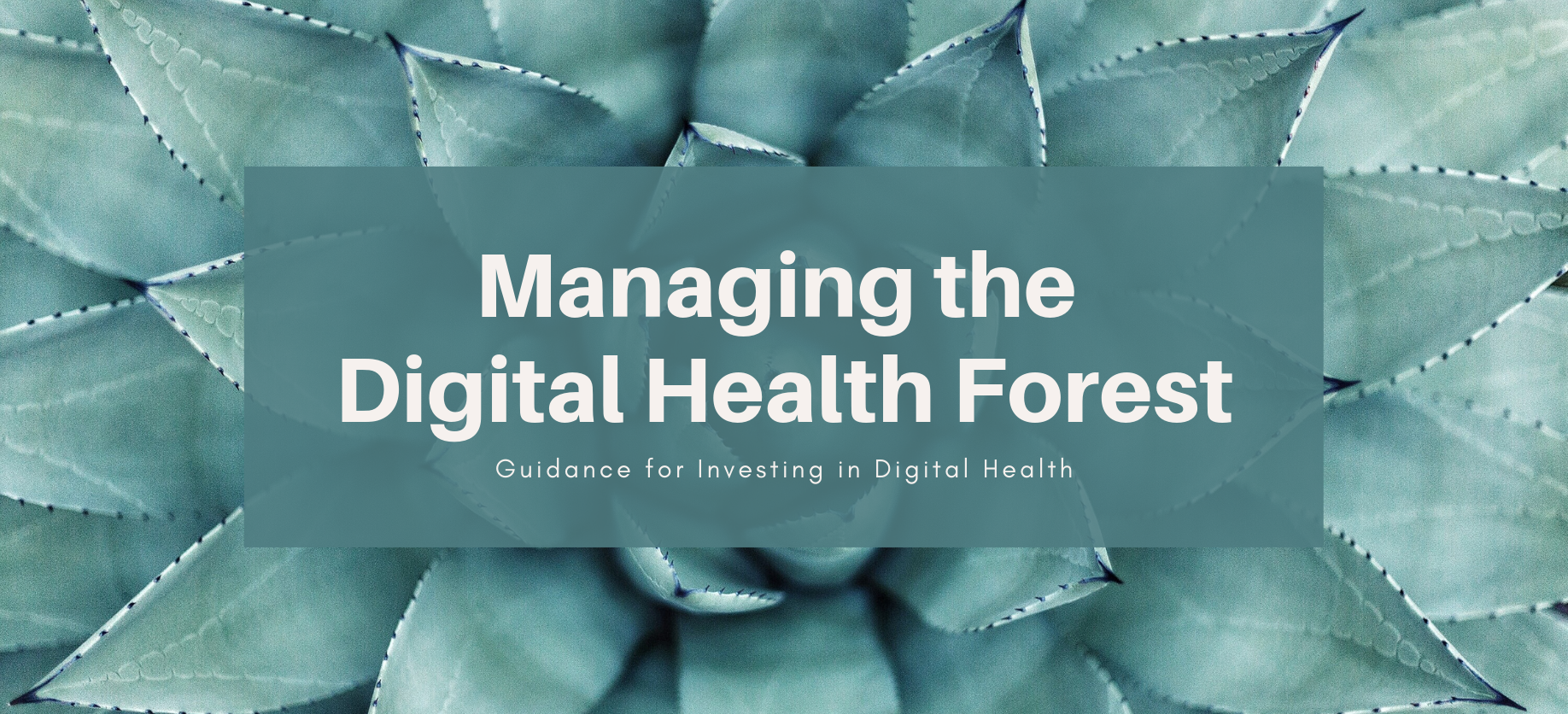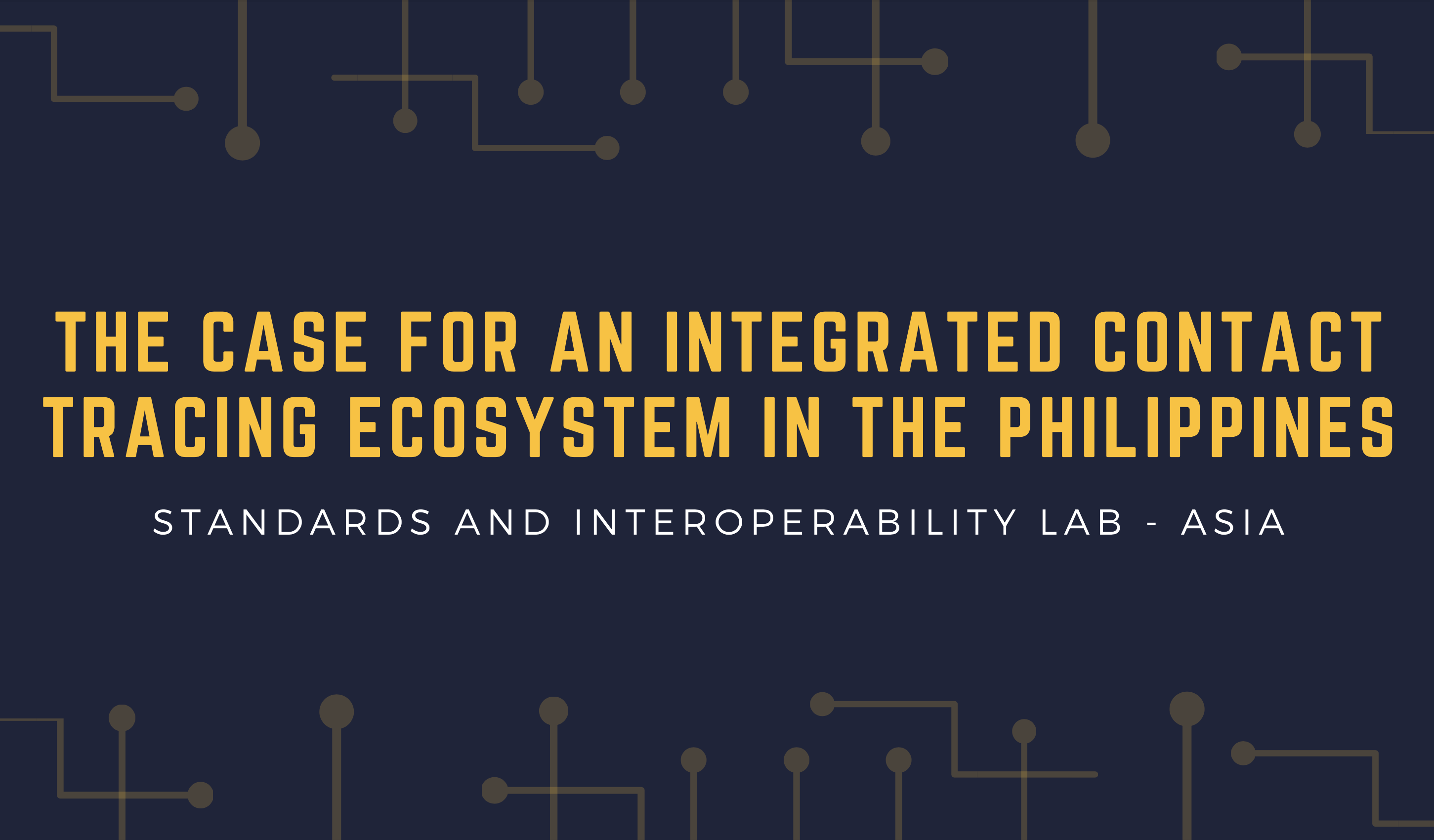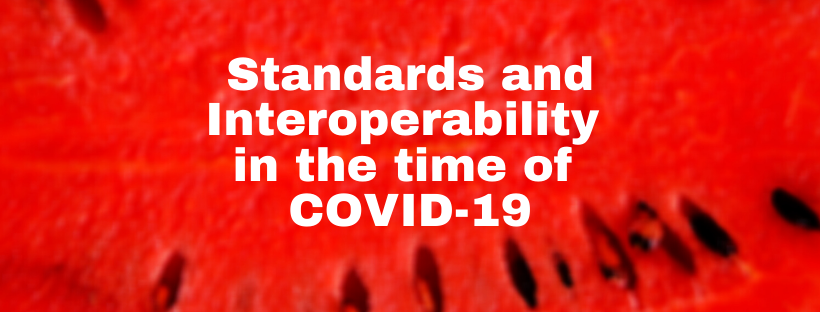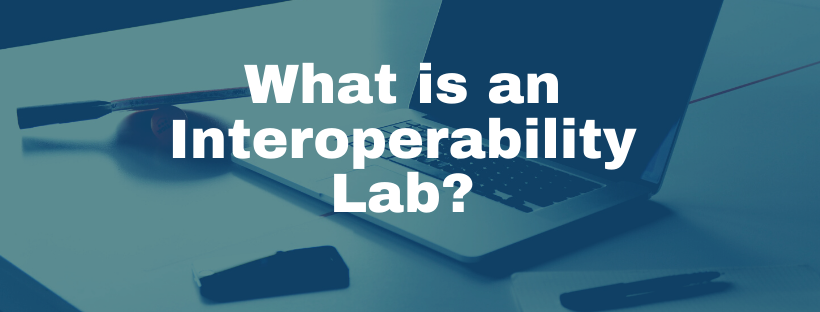In digital health forests, there are many different types of tree. There are governance trees, blockchain trees, malaria trees, informatics trees, capacity building trees etc. All these different types of trees are needed. And there is a plethora of guidance and best practices on how to manage them. But what about the Forest as a whole? As the diagram suggests, perhaps we just don’t see it for all the trees!

In fact, managing a forest is a bit like managing a health system. Both are complex ecosystems. They have a large number of elements that interact dynamically. Thus, it may be difficult to define system boundaries (they are open systems). Also, elements in the system may not be aware of the behavior of the whole system. Yet, we need to understand and manage both systems as a whole.
For example, forest management requires education to ensure those involved in the exploitation of the forest understand the consequences of their actions, e.g. what different types of tree to plant, and where, when to prune, how to space etc. Whilst a forest may reach maturity in 30-50 years, in digital health systems the cycles are 10 times shorter! Indeed, whilst having a 5-year strategic vision and plan may be what is needed (and the WHO/ITU eHealth Strategy toolkit of 2012 gives guidance here), the real challenge is in managing a complex set of elements, or sub-systems, much closer to real-time.
Guidance for Investing in Digital Health
This is why the key motif in the ADB’s 2018 Guidance for Investing in Digital Health is an iterative cycle. Health strategies frame digital health strategies. Based on our understanding of how stakeholders engage with current systems, and how well (or not) they are supported by management, technical, and workforce foundations, we then make investment appraisals and decisions.
Systems implementation and performance may, or may not, realize intended benefits and deliver maximum impact on the health system – and strategies for its improvement. Rather than see this as a five-yearly cycle, digital health policy-makers need to be able to monitor progress and adapt to emerging challenges and opportunities in close to real time, as well as knowing how to manage expectations and investments particularly when results may take more than five years to deliver. Where these involve appraising potential investments, then the accompanying Digital Health Impact Framework User Manual gives guidance. It too is iterative, and it too addresses both short and long-term requirements
All this becomes difficult with the pressure to focus on quick win solutions. To counter this, Sil-Asia has been supporting work on Digital Health Governance Architecture and the Mind the GAPS programme involving Governance, Architecture, Programme management, Standards and interoperability.
But how do we translate the National Health Priorities into Digital Health Priorities? This is an area where those involved in digital health policy in Ministries, and those advising them, need to have some solid foundational knowledge about managing the digital health forest! They should check out www.digitalhealthpolicycourse.com and learn face to face with their peers. The next blog on digital health investment guidance concerns shared learning.
More information about Digital Health Investment Guidance is available here.







